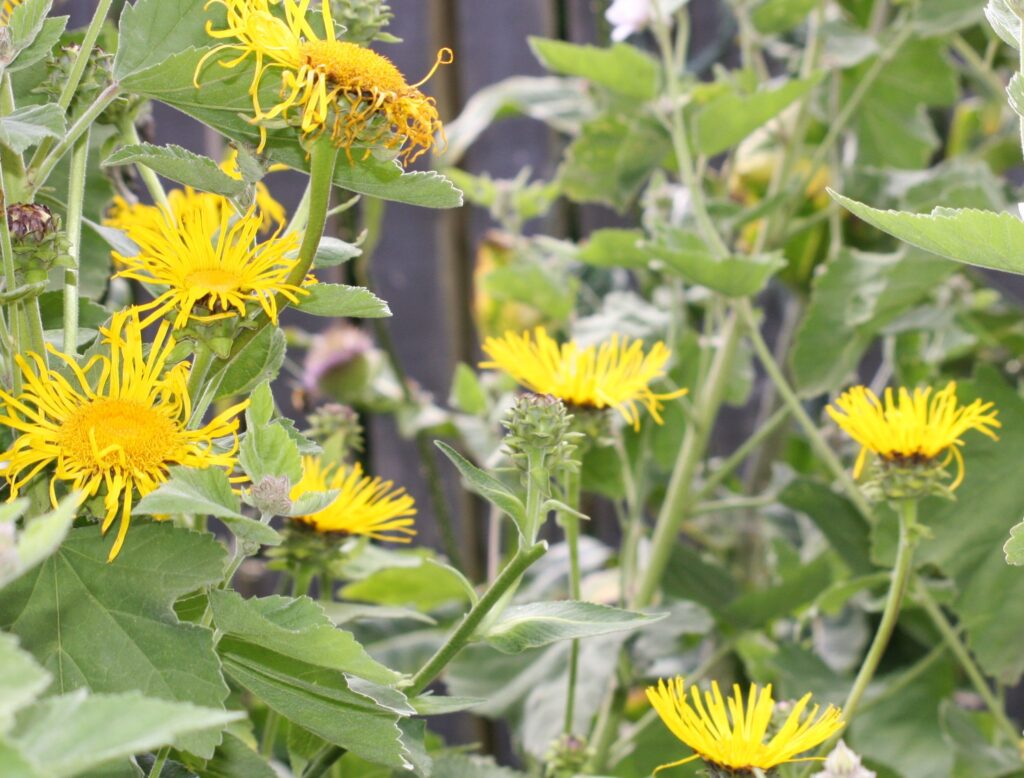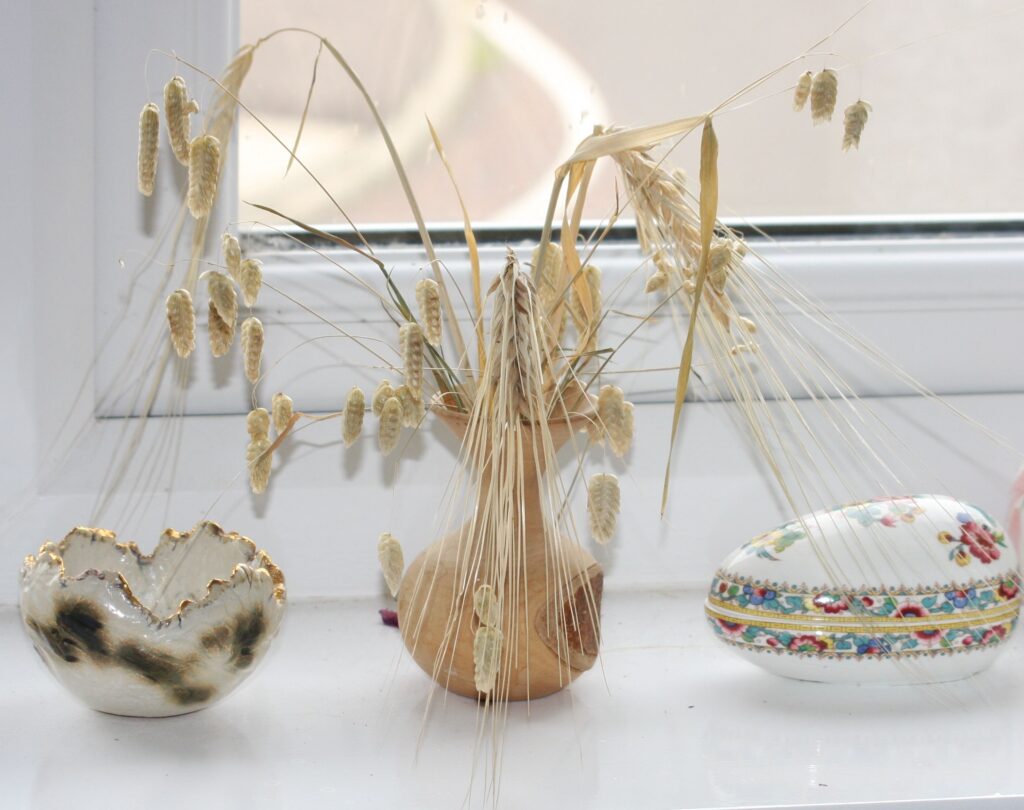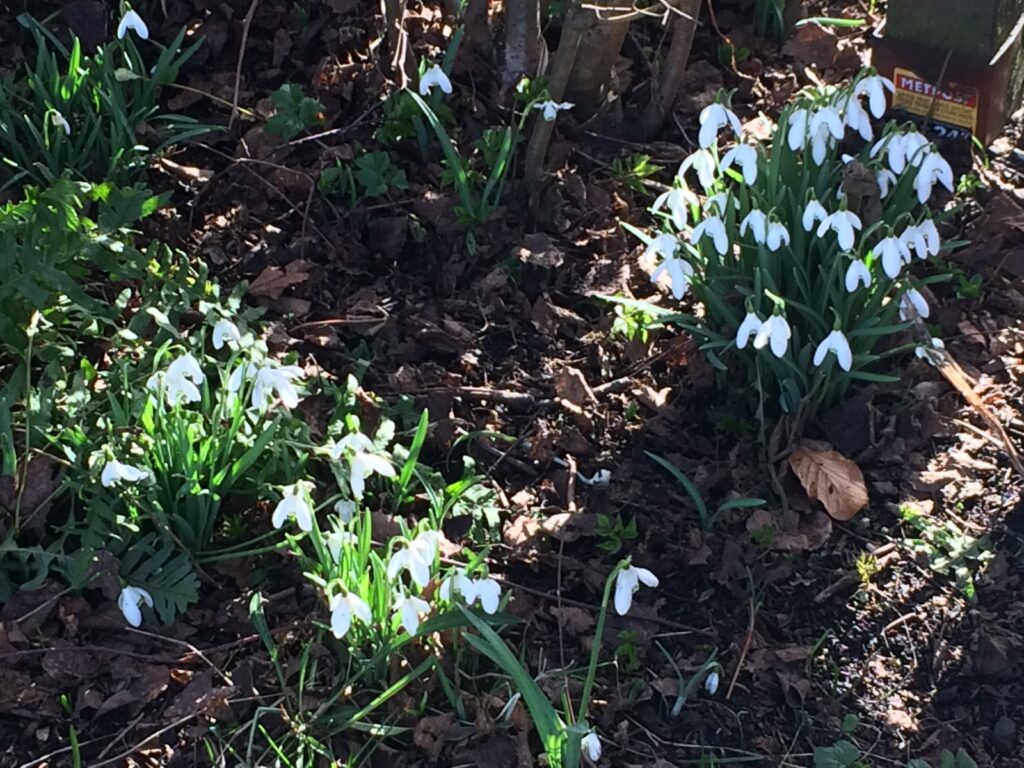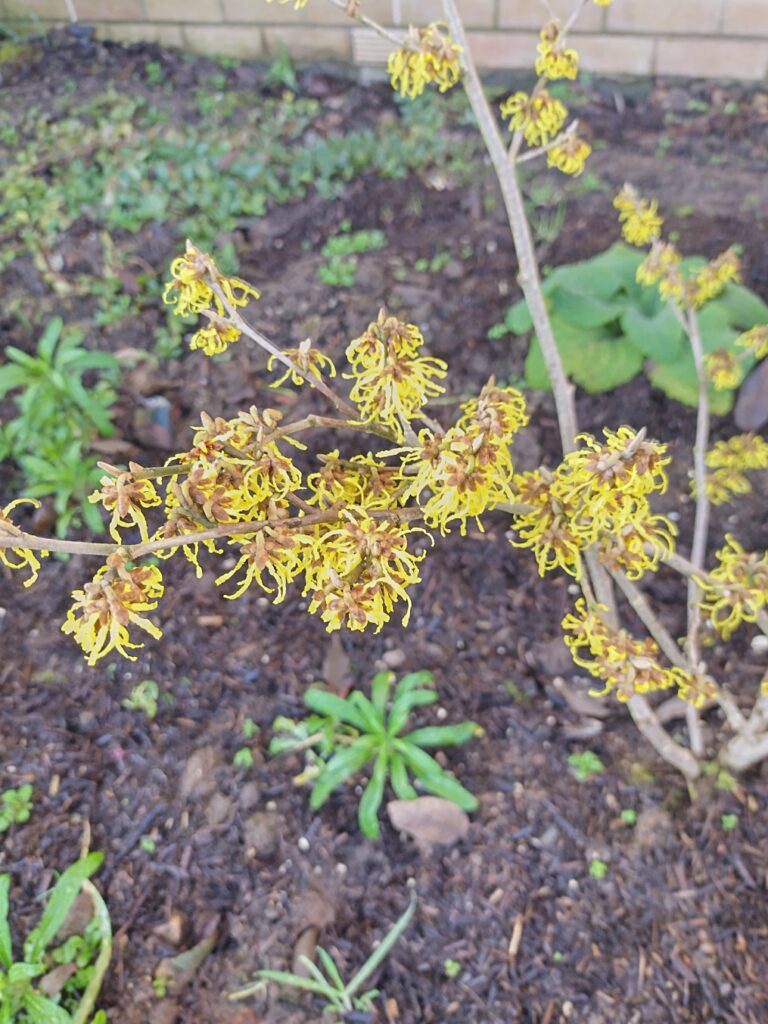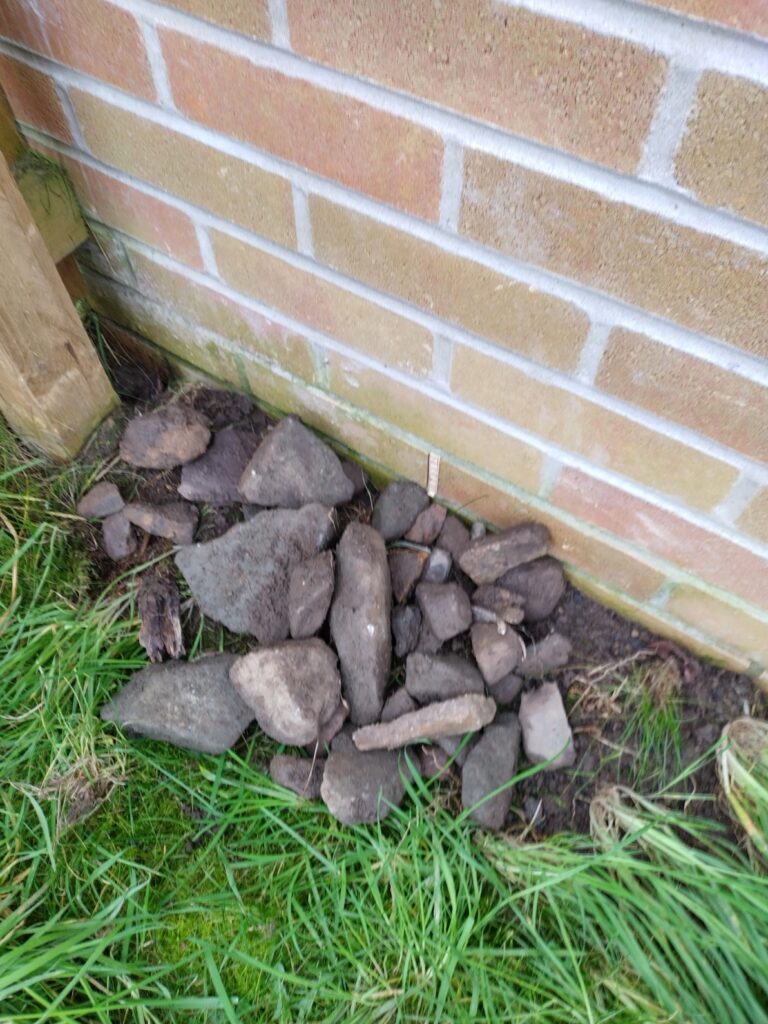I have been down several rabbit holes since I last posted. Many of them are to do with the updated translation of the Charm of Nine Herbs I’ve been working on in a random fashion for a while. I have been pondering words like ‘poison’, ‘venom’, ‘plague’, ‘in-flying infection’. I’ve been thinking about ‘elf-shot’ and the notion that tooth-ache is caused by worms gnawing at decayed teeth. I’ve been wondering what it was like to try to heal people when you didn’t know much beyond the basics of anatomy, and didn’t have access to microscopes.
I discovered historical records of a ‘yellow plague’ that ravaged this area in the 5th and 6th century, killing at least one local king, which led me to wonder about the other colourful diseases mentioned in the text. Epidemics, food poisoning and diseases caused by polluted water must have been common – are the words ‘plague’, ‘poison’ and ‘venom’ just the best guess for the causes of illness too small to see without the naked eye?
I’m also querying my identification of atterlothe – I went for ‘burdock’ for what seemed to be good reasons – it is an alterative, native and well-known, exists in more than one species (because the only other use of the word refers to the ‘smaller’ atterlothe being used with betony for coughs) and generally fits the bill. But on the other hand, there is another Old English name for burdock – ‘clate‘, and down the rabbit hole I went. I looked at speedwell, which was indeed used with betony for coughs, self-heal (no mention in Old English texts), bistort, cockspur grass, Viper’s bugloss, which Culpeper says was used as a substitute for speedwell, and now I’m eyeing up cinquefoil and vervain (I would love it to be vervain!). The trouble is that Old English scholars tend to be poor at botany, and botanists tend to blank Old English. And both are a bit rubbish about monasteries. But that is another rabbit hole, and yes, I did go down it!
I’m following up Kapka Kassabova’s excellent book Elixir, and some poetry following my venture into Irish last year. Obviously you’ll know Seamus Heaney and Eavan Boland, but can I recommend Doireann Ní Ghríofa? Brilliant!
I have now deleted my Mailchimp account, following their decision to scrape all newsletters for AI content, and I’m in the process of building a new letter at Buttondown, which seems to be free of all such shenanigans. I kept a list of all my contacts, and when the first issue is ready I will email everyone ONCE to invite you to sign up. I won’t harass anyone after that, and I will delete the address of anyone who doesn’t, so there will be no spam.
Ceasing Never has taken a back seat as we try to sort out some accommodation problems for a family member, and I’m knee deep in judging the William Bonar Competition. Also Celtic Connections is coming up, and I have a significant birthday fairly soon. But in February I hope to add some new essays and reflections – please feel free to comment or add to the discussions.

